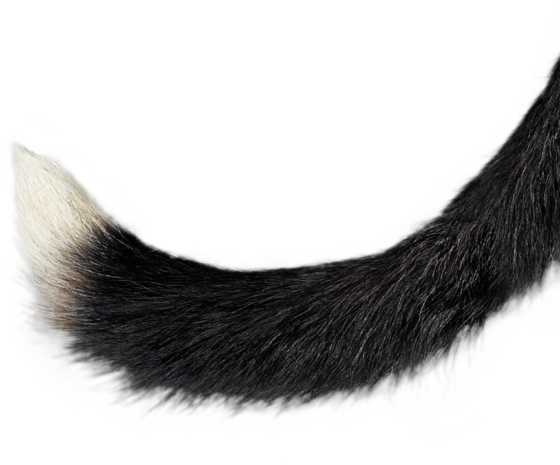Feeding Guide for Dogs
Remember, dogs should always have access to fresh water in the home.
Care & Advice
Remember, dogs should always have access to fresh water in the home.
Top tips for looking after your dog
We would recommend getting your dog into a regular routine when it comes to feeding and exercise times. Dogs thrive on a routine lifestyle. Feeding at the same time each day can also prevent toileting accidents in the house.
Training tips
Fussy eaters
Greedy dogs
Leaving your dog
Older dogs
Tips for weight loss
Body Condition Score
Ensuring your dog is at an optimal body weight is an essential part of maintaining good health. The following Body Condition Score chart is based on a 1-5 point scale: (1 = emaciated and 5 = obese).
This chart is a useful technique to assess the condition of your dog, it is however, only intended to be used as a guide, if your dog does not fall into the ‘ideal’ range we suggest you consult your vet for further advice.
-
1.
Emaciated
Easily visible ribs, lower back and pelvic bones. No visible covering of fat, obvious waist and abdominal tuck. Absence of any muscle mass.
-
2.
Thin
Easily felt ribs, minimum covering of fat, waist easily noted when viewed from above and visible abdominal tuck.
-
3.
Ideal
Ribs felt but without excess fat covering, waist noted behind ribs when viewed from above. Abdomen tucked up when viewed from the side.
-
4.
Overweight
Ribs felt but with an excess covering of fat. Waist still observed from above but not as prominent. Abdominal tuck may be absent.
-
5.
Obese
Ribs not easily felt under a large covering of fat. Waist and abdominal tuck not discernible. Fat deposits on lower back and base of tail. May observe signs of obvious abdominal distention.
Daily Feeding Guide
-
Small
- Dog Weight
- 3kg - 10kg
- Serving Size
- 75g - 185g
-
Medium
- Dog Weight
- 10kg - 20kg
- Serving Size
- 185g - 310g
-
Large
- Dog Weight
- 20kg - 40kg
- Serving Size
- 310g - 525g
-
X-Large
- Dog Weight
- 40kg+
- Serving Size
- 525g+
Puppy Feeding Guide
Wagg Puppy with Chicken is a complete pet food suitable for all puppies from 4 weeks old both during and after weaning. Ideally puppies should not be fully weaned before 60 days old and should remain with their mothers for this time.
If possible feed growing puppies from 4 weeks onwards to appetite (alongside their mother’s milk), feeding meals little and often 3-4 times per day. To introduce Wagg Puppy we recommend moistening the food with warm water. Gradually reduce the amount of added liquid over time until your puppy is eating solid food. At 6 months old meals can be reduced to 2 times per day.
For large and extra-large breed puppies aim for slow and steady growth (reaching adult size can take longer for these breeds).
If your puppy shows signs of becoming overweight, decrease the amount fed to keep your puppy in trim and active condition. It is important for your puppy’s health not to let them become over weight, consult a veterinarian if you are concerned about their weight.
Ensure clean, fresh drinking water is available to your puppy at all times.
| Puppy's Expected Adult Weight (kg): |
Small 5 - 10kg |
Medium 10 - 20kg |
Large 20 - 40kg |
X-Large 40 - 50kg |
|---|---|---|---|---|
| 1-3 Months Old | 75g – 190g | 100g – 450g | 200g – 620g | 300g – 550g |
| 3-6 Months Old | 120g - 250g | 200g – 550g | 450g – 850g | 550g – 950g |
| 6-12 Months Old | 135g – 220g | 250g – 500g | 550g – 750g | 700g – 800g |
| 1-2 Years Old (large breed dog) | Adult Feeding | Adult Feeding | Adult Feeding | 650g – 720g |










